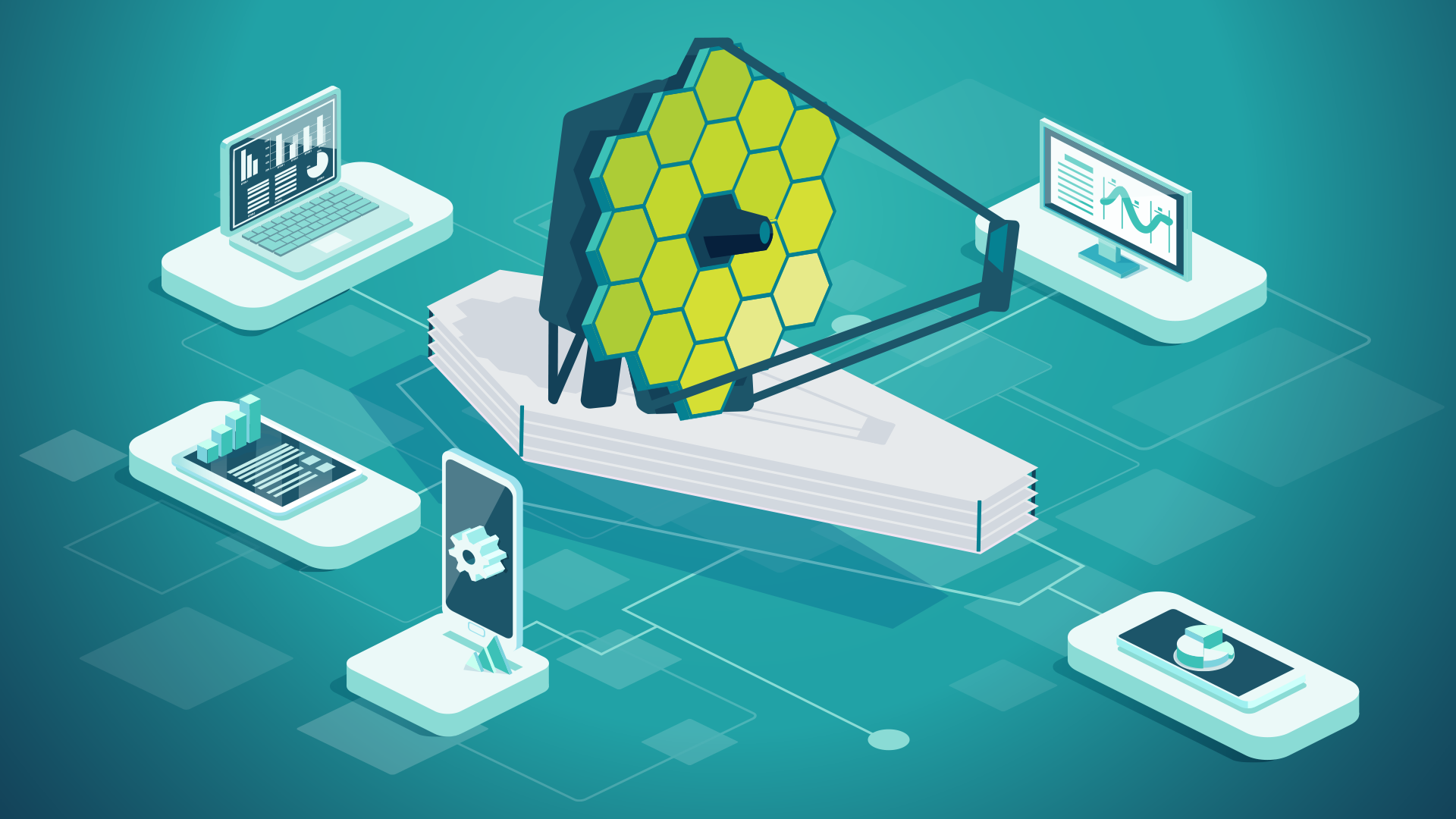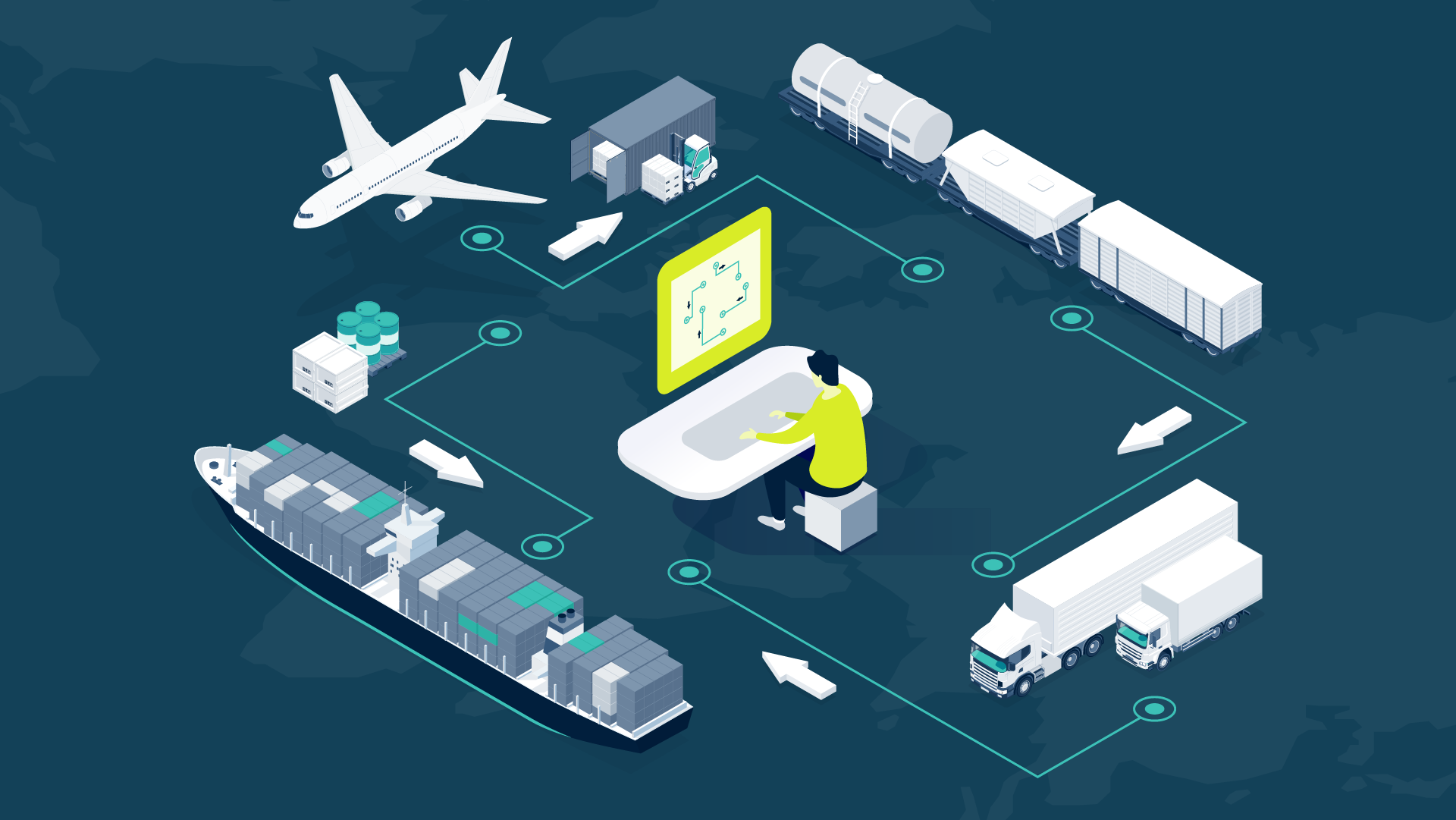
In the rapidly evolving landscape of technology, the convergence of Generative Artificial Intelligence (AI) and Business Process Management (BPM) has emerged as a topic of significant interest and discourse. The burgeoning potential of Generative AI presents a realm of possibilities that is reshaping conventional paradigms. Let’s explore the symbiotic relationship between Generative AI and BPM, including their confluence, capabilities and the implications for modern enterprises.
Navigating the Generative AI landscape
In recent times, the proliferation of discussions pertaining to Generative AI underscores its transformative potential. From OpenAI's ChatGPT to Google Bard and Midjourney's image-generating AI, these platforms embody the creative capabilities of Generative AI, captivating the imagination of business leaders and enthusiasts alike. Industry stakeholders have recognized the allure of this technology, leading to its integration into business applications, a strategic maneuver to cater to user needs while capitalizing on market trends.
Convergence of Generative AI and BPM
Central to the discourse is the integration of Generative AI into the realm of BPM. Business Process Management involves the identification, optimization, and orchestration of processes within and across organizational boundaries. As businesses contemplate the incorporation of Generative AI, a pertinent query arises: Can Generative AI contribute to Business Transformation and BPM?
Decoding Generative AI
Generative AI constitutes a subset of the broader AI landscape. At its core, Generative AI relies on Large Language Models (LLMs) that harness extensive datasets encompassing diverse textual content. These models employ probabilistic relationships within data sets to generate coherent textual responses. Generative AI's interactivity involves formulating prompts, which can be spoken or written, to which the AI responds with textual or graphic outputs.
Leveraging Generative AI in BPM
Generative AI's potential extends to a myriad of use cases within BPM. Its proficiency in content generation, such as drafting articles, summaries, and analysis, makes it an enticing tool for augmenting human-generated content. Noteworthy business process areas include Marketing & Sales, Operations, IT/Engineering, Risk and Legal, HR, and Utility/Employee Optimization. As businesses examine the synergy between Generative AI and BPM, specific considerations come to the fore:
- Defining the scope: Understanding the precise capabilities of Generative AI and discerning its alignment with BPM processes forms the cornerstone of a strategic implementation.
- Value addition: Identifying the domains where Generative AI augments BPM software and vice versa is pivotal. This synergy should translate into measurable value addition for the organization.
- Understand the capabilities: A recent article from McKinsey predicts expected value creation in the areas listed above. Key purposes are drafting, summarizing, complementing, optimizing content (e.g., articles, code, documents, images) and supporting chat-like conversations between people—for instance employees or customers—and machines with a knowledge base in the background.
Areas of interest for business process use-cases
When we explore the various applications of Software AG’s BPM solution ARIS, we can draw several conclusions that lead to a wide array of potential future functionalities. These functionalities act- as a supportive tool for BPM users who are engaged in specific tasks.
Exploring the potential
The intersection of Generative AI and BPM opens up exciting possibilities. One particularly promising avenue involves generating content related to processes. From creating conversational user interfaces to drafting, summarizing, and optimizing content, Generative AI can significantly expedite content creation, thereby boosting overall operational efficiency.
Within Software AG, and more specifically in the ARIS team, we have previously developed some AI-based features. Examples include AI-based translation for BPA content, such as process architecture handbooks, and the AI-based Root Cause Miner for analyzing performance indicators in Process Mining.
During our recent 2023 International User Group (IUG) event in Budapest, Hungary, we validated the use of Generative AI in the context of ARIS with our customers. We presented two experimental prototypes that aimed to demonstrate the value that could be harnessed in the realm of BPM.
A key BPM task: Efficient process drafting
Prototype 1 showcased the ease of integrating content generated by popular Generative AI services. This content could then be fine-tuned by an expert according to their needs. While this use-case isn’t magic, its value is substantial. After all, not every domain expert possesses natural writing skills for content meant to be disseminated across the whole organization. Many people strive for perfection but end up not completing the task. Having a machine generate a draft that is “good enough to start with” proves to be a productivity boost that everyone can appreciate.
Looking ahead
As the narrative unfolds, the symbiotic relationship between Generative AI and BPM is poised to reshape the business landscape. However, amidst the intrigue, a word of caution resonates. The allure of Generative AI should not overshadow the fact that its efficacy lies in partnership with domain expertise. While Generative AI can expedite processes and generate content, the human touch remains pivotal in refining and validating outcomes.
In conclusion, the convergence of Generative AI and BPM ushers in an era of unprecedented innovation. Organizations that tread this path with prudence, leveraging the unique strengths of both domains, are poised for a new era of efficiency, creativity, and strategic excellence.






